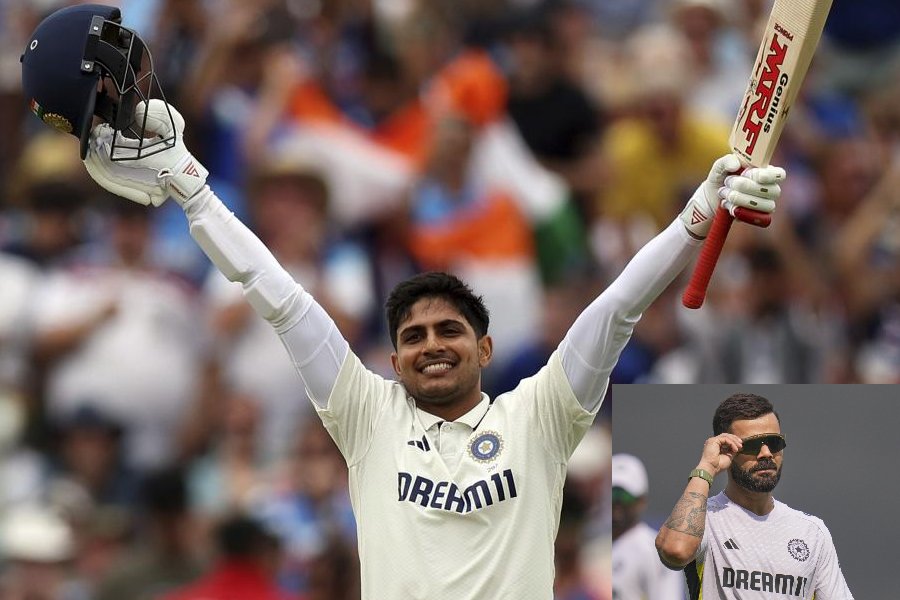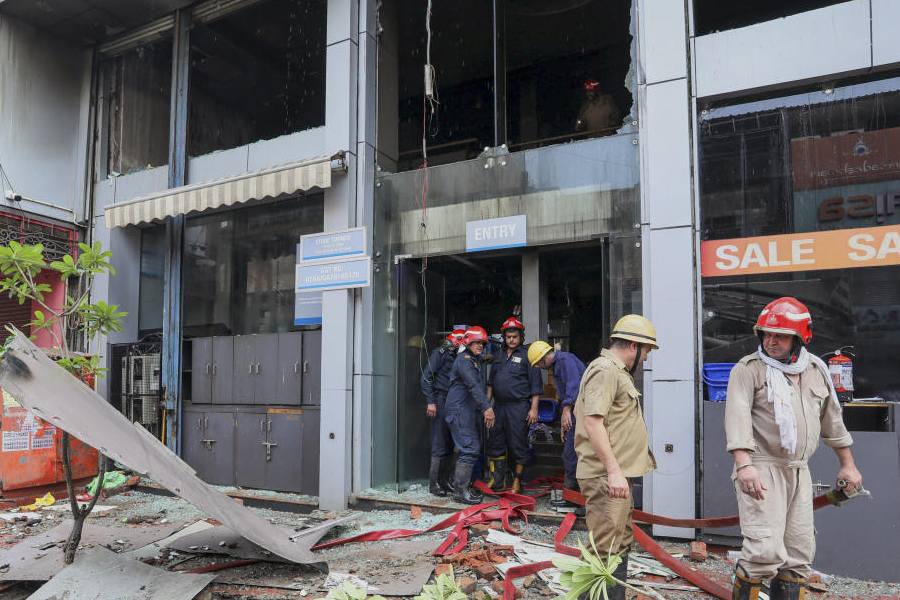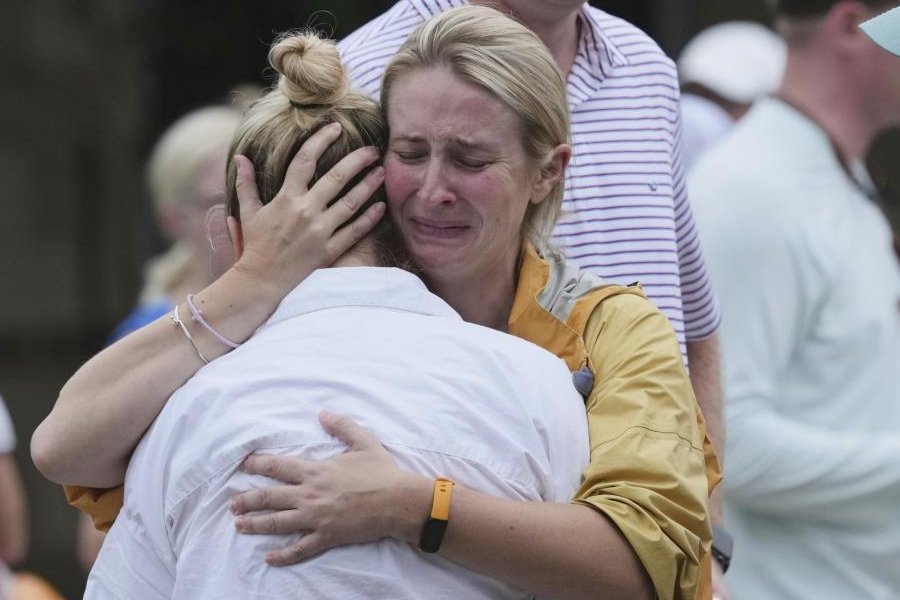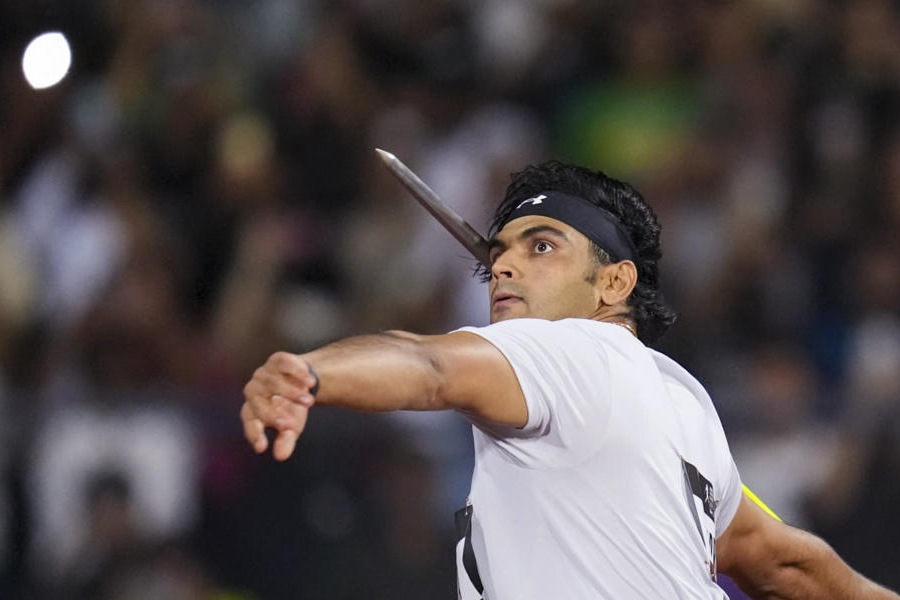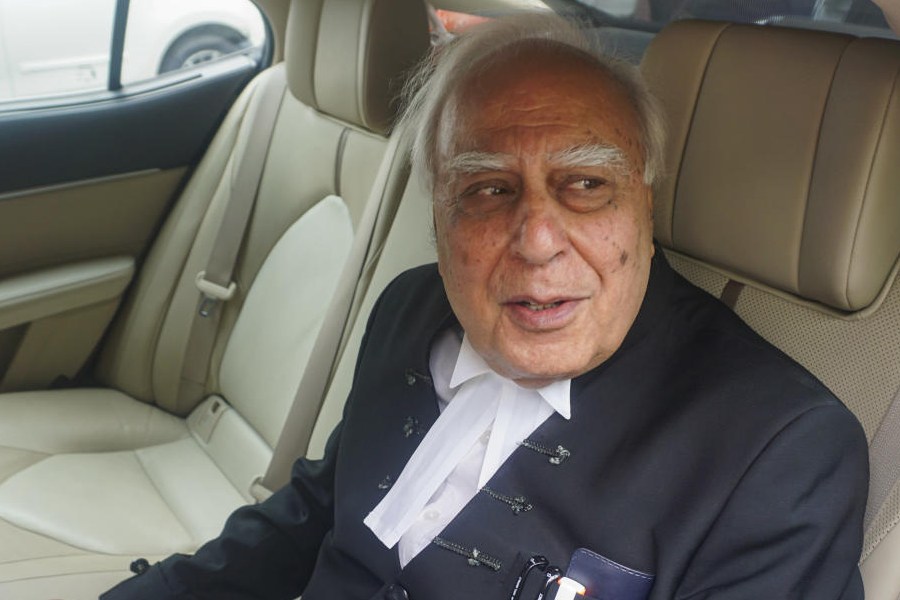 |
 |
 |
 |
 |
| (From top): The main entrance to the fort; a view of the mansion;the main hall within; Haryanvi girls amid eucalyptus trees on a nearby riverine island;Brothers Rajendra and Roopendra Pal Singh of Fort Unchagaon |
Living in the city is like being in a marriage that’s become comfortable, functional and a little cynical. And holidays are like anniversaries, a little less meaningful and a little more expensive every year. But a boat ride up the Ganga could make you fall in love all over again ? with India, as she really is, without her make-up on, simple, close to your soul.....
Fort Unchagaon is a 19th century colonial mansion, lime-washed to a luminous white and planted on a spread of emerald grass. Surrounding it are the ramparts of a fortress that date to an earlier era when Unchagaon was an obscure Rajput citadel. And here in this romantic castle in the middle of nowhere, live not one, but two handsome princes ? all jackboots and chivalry, thoroughbred horses and hunting trophies....no kidding. Unchagaon is only 110km from Delhi, but it’s really very, very far away, way back a hundred years in the past, when you still read Mills & Boons. Does anybody read them anymore?
Unchagaon would possibly not constitute higher ground, if all you had to do to get there, was slide into your leather-upholstered Sonata or Toyota Camry and purr across to Bulandshehr, post-breakfast. The journey to higher things is always as crucial as the destination. So, take NH 24 out of Delhi and then at Garhmukteswar, get into a boat.
You don’t have to of course, but the road into the innards of Mulayam Singh’s Uttar Pradesh may not be very mulayam on your expensive, low-slung baby. Garhmukteswar is a small temple town on the west bank of the Ganga, where Dilliwallahs, when they can’t be bothered to go all the way to Haridwar, come to immerse the ashes of their dear departed. Garhmukteswar is also the spot, where according to the Mahabharat, King Santanu met the river goddess in her human form; and it is here on this mystic river, that you could, perchance, wash away your city-self and begin to fall in love again.
The journey takes you about 45km upriver and shows you something you’ve probably never seen before. Usually our only encounters with the Ganga have been on the ghats of some religious town or on the rapids of a river-rafting run. The Ganga has been either a mother goddess or a siren. But love, like truth, they say, is rarely found in the climaxes, but rather in the interludes.
As you cruise away from Garhmukhteswar, the river widens into a vast, brown expanse, sometimes 5km across. Nude mud-banks and low, silted islands surface out of the muddy shallows, the brown soil rippled exactly like the brown water. The sky, in its pre-winter colours is faded to an indeterminate greyish brown. River, land and sky all reflect each other, seamless, without beginning or end. The boat is a tiny dot in a vast brown emptiness. For a brief moment you become aware of the spirit of the river. It is the mirror of your own.
We go ashore to an island for lunch. It’s a eucalyptus plantation with the tall, pale and slender trees growing in surreal symmetry. It’s clear that few outsiders have ever been here, and the only people around are a group of tall Haryanvi girls gathering fallen twigs. Their voices fade as they walk away, their long skirts swinging, scythes glinting in the diffused sun, and the grove lapses back into a somnolent silence. Our resourceful boatman Rajkumar lights a fire with a few twigs and fixes us tea. He belongs to a community of boatmen and grew up wielding a chappu (oar).
We return to the misty river and drift past ruined temples and a small shrine to a headless god, recessed in a muddy bank. There are birds ? pintails, terns and lapwings. We cross villages, some probably not even connected by road. The river gives you access to a whole interior India, perhaps one that has changed little from the one Gandhi saw on his Bharat Darshan by rail.
The river takes you past a countryside you’ve possibly only read about in gazetteers and records compiled by diligent British district officials a hundred years ago. Amazingly there are Gangetic dolphins here! Some 200 of them apparently; an isolated group that has been trapped in this stretch of the river due to dams both upstream and down. Called susu locally, these are Platanista Gangetica, a riverine dolphin also seen in the Chambal River, a nearby tributary of the Ganga. Sightings are common here. The river also has a large population of hardshell turtles that can be spotted under the bridge at Garhmukteswar feeding on carcasses and debris from pujas.
We pull up finally at a small ghat, 3km away from Unchagaon and are driven past sugarcane fields, through the village and up into the portals of the elegant Fort Unchagaon. And that’s when you are really and helplessly smitten. Only a crazy, contradictory, predictably unpredictable country like India, is capable of taking you by surprise yet again. It’s a luxurious, colonial mansion filled with Belgian glass, silver-framed portraits, gilded mirrors, tiger pelts and Persian rugs.
There are Peshawari horses swishing their impressive tails, a huge slate-top billiards table and of course the resident princes ? striding around in riding boots or lounging nonchalantly by the flower-trellised gazebo. It’s an unlikely little bubble of refined romance, bobbing blithely on the rough backwaters of Bulandshehr ? the volatile, tough-talking, Jat-populated, rustic heartland.
The juxtaposition is deliciously piquant. That night I warm my toes on an old cast-iron stovepipe in my room, give my hair a hundred strokes seated at a wooden dresser carved with the family coat-of-arms. I sleep in solitary splendour in a four-poster in a high-ceilinged room, large enough to billet a small platoon. In any other part of the world, an experience like this would be contrived and self-conscious. Here at Unchagaon, it’s natural ? an unbroken continuity of the way life’s always been lived inside the fort.
They are not princes really. Their family were Jat zamindars who received the Fort from the British in 1859, for loyalty during the first Indian war of Independence. Their grandfather inherited the fort when he was 10. In an extravagant genuflection to his British benefactors, he changed the architectural vocabulary of the mansion from Rajput to classic Colonial. He went on to hold a long tenure as Minister of External Affairs in the ‘60s and ‘70s. His two grandsons continue to have considerable land holdings where they have mango orchards. The rather hard decision to turn their home into a hotel is recent, and Fort Unchagaon opened its doors to guests only a year ago.
Fort Unchagaon is not just another heritage hotel. It’s not really a hotel at all. In its improbability and artless grandeur, it’s an old-fashioned Mills & Boon paperback in a world of racy bestsellers.
For bookings:
• Leisure Hotels, DD-29, Nehru Enclave, Kalkaji, New Delhi (ph: 011-26447803).
• Tariff: Rs 2,500-Rs 3,000 for a double, including breakfast.
Photographs by the author


